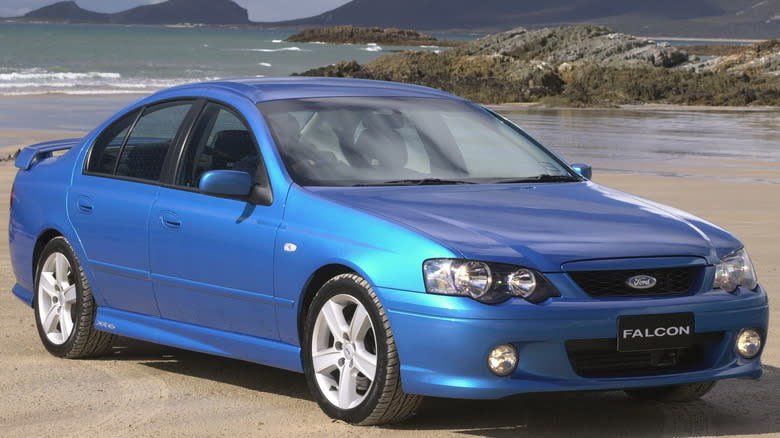
It turns out that GM's CEO isn't the only member of the Barra family that's made a mark on the auto world. While Mary Barra has been leading General Motors since 2014, the Barra engine family — named for the Asian sea bass, the barramundi — led the way for Ford performance from 2002 to 2016. Never heard of that Barra? It's from Ford of Australia, which designed the engine for its home market and didn't let it go. Consider it another Down Under driving advantage like getting to keep Apple CarPlay and Android Auto in their Cadillac EVs.
There were actually three motors made with the Barra moniker. There was a 5.4-liter V8 that produced 295 horsepower for the Ford Falcon, and an inline-six that ran on liquefied petroleum gas, but the most famous mill was its 4.0-liter I6. Originally launched as a naturally aspirated engine for the Falcon and the Ford Territory SUV, this unit took to the streets with a respectable 244 horses. In its final, turbocharged form, the Barra I6 boasted 436 horsepower for the FG-X Falcon XR6 Sprint.
Of course, those numbers all refer to factory engines. The Barra I6 really showed its stuff when Australian tuners got their hands — and wrenches — on it.
Read more: You Still Can't Get A Suzuki Jimny In The U.S., But These Might Be Your Next Best Bet
Why Is The Barra Engine Such A Blast?
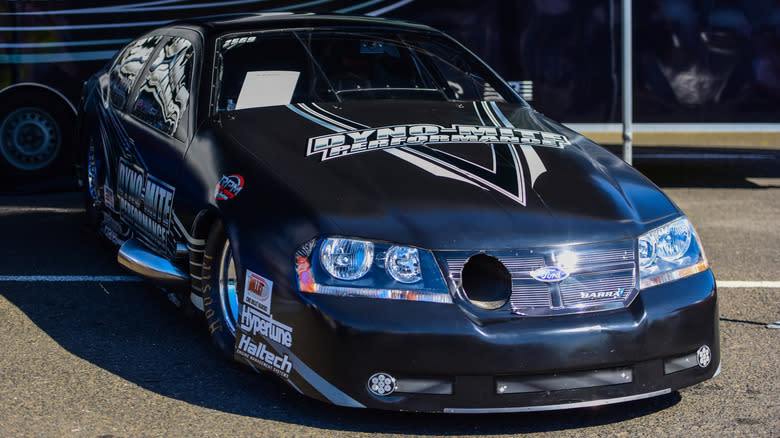
The first Barra engines were developed for the BA-series Falcon created to help modernize Ford's sedans. A reviewer for the Aussie publication Drive noted the Barra-powered Falcon "absolutely flies by family sedan standards" — which meant getting from 0 to 62 mph in 7.8 seconds.
That performance potential was soon exploited by the tuning community. Popular upgrades include newer, more powerful turbochargers, high-performance electronic control units, and less-restrictive exhaust systems with wider outlets. In addition, there's some evidence that — despite the engine's reputation for robustness — its oil pumps and connecting roads are weak spots. So those are often replaced with high-power alternatives as well.
The results can get pretty extreme. Marcus Cripps manages to squeeze 1,400 horsepower from the Barra engine he's swapped into his XD Falcon, transforming it into a street-legal supercar with seven-second quarter-mile times. Then there's the Barra-powered Dodge Avenger with a mill tuned by Dyno-Mite Performance for over 2,000 ponies. Fueled by methanol and revving to over 11,000 rpm, it helped lay down a quarter-mile time of a mere 6.53 seconds at 220 mph. Sure, the base car may seem an odd choice, but maybe the Dodge Avenger's marketing totally worked on the team.
What Happened To The Barra Engine, And Can I Still Get One?
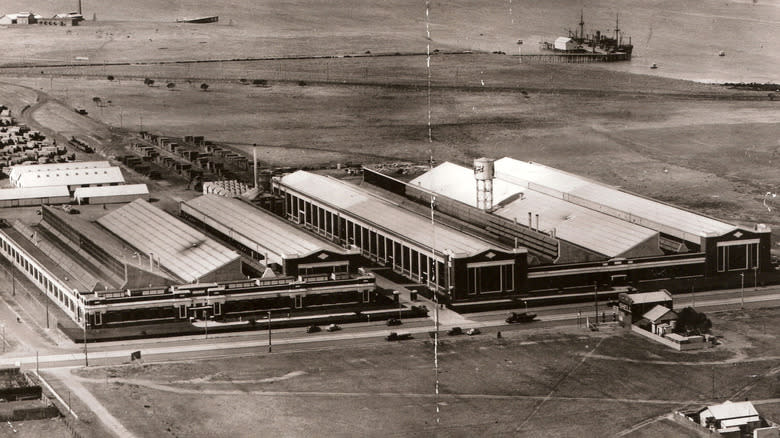
The decision to stop producing the Barra engine was just part of the bad news for Ford Australia in 2016. The Ford Motor Company shut down the country's last two Ford plants that year, when the Blue Oval ended more than 90 years of Australian automotive production. But Ford Australia has stayed busy with projects like the Ranger Super Duty with a snorkel. And a decade after the death of the Barra engine in Australia, it's finding new life in the United States — where it's finally legal to import now.
That's because the key guideline for bringing foreign engines into this country comes from the Environmental Protection Agency's 21-year rule for importing parts, not the National Highway Traffic Safety Administration's 25-year restriction on importing full vehicles. In other words, Barra engines built between 2002 and 2004 are currently importable, with newer mills ready to become available as the years go by.
There are still hoops you'll have to jump through to do it yourself, but pre-owned Barra motors are beginning to make their way into the U.S. aftermarket. For instance, Auto Mafia imports non-turbo engines priced in the low $2,000 range, and examples recently showed up on eBay from a seller in the United Arab Emirates for about twice that amount (including delivery). If you're ready to up your performance with an engine from Down Under, the Barra straight-six may be the swap for you.
Want more like this? Join the Jalopnik newsletter to get the latest auto news sent straight to your inbox...
Read the original article on Jalopnik.
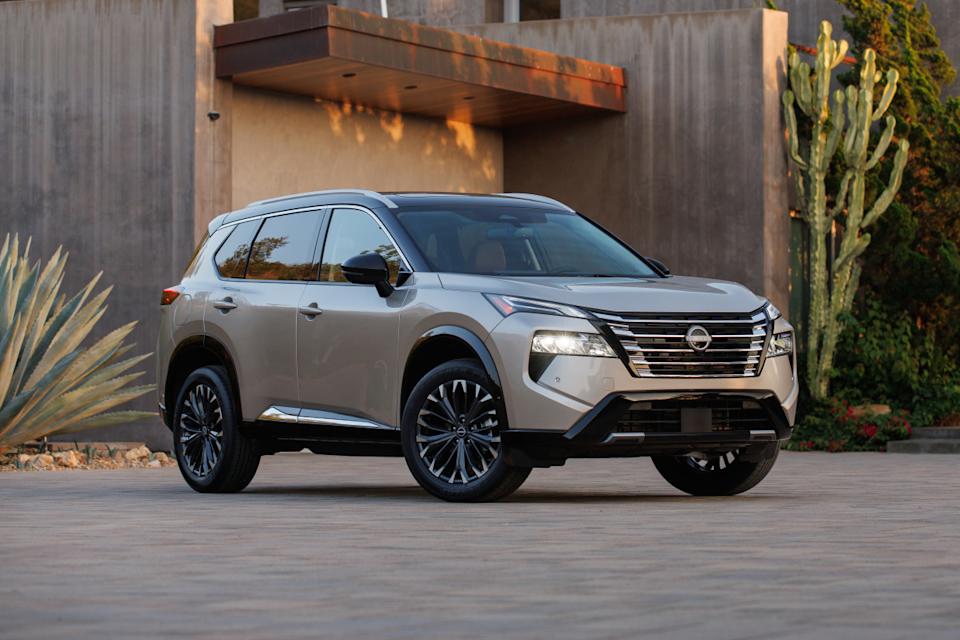
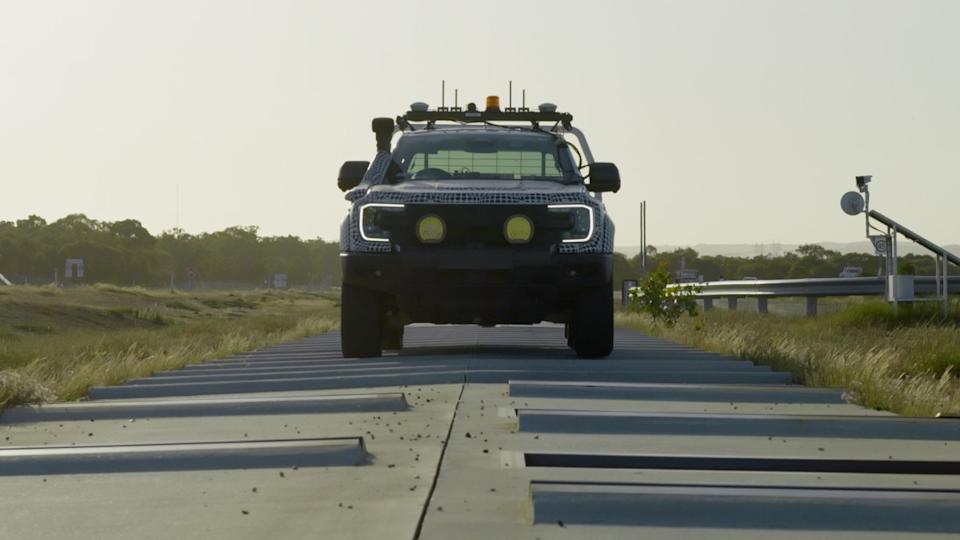


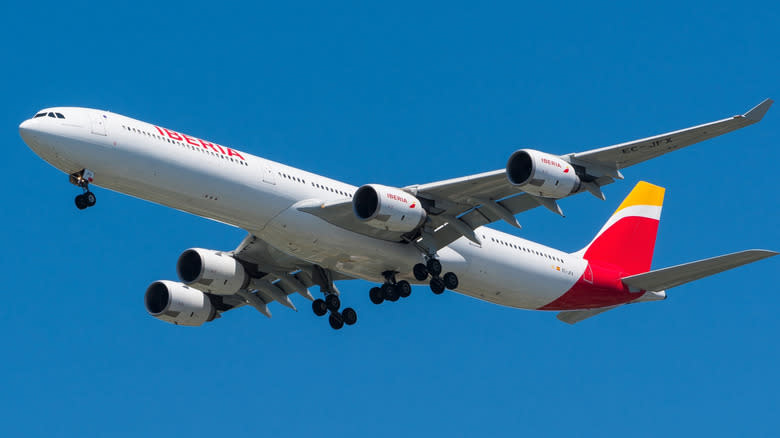

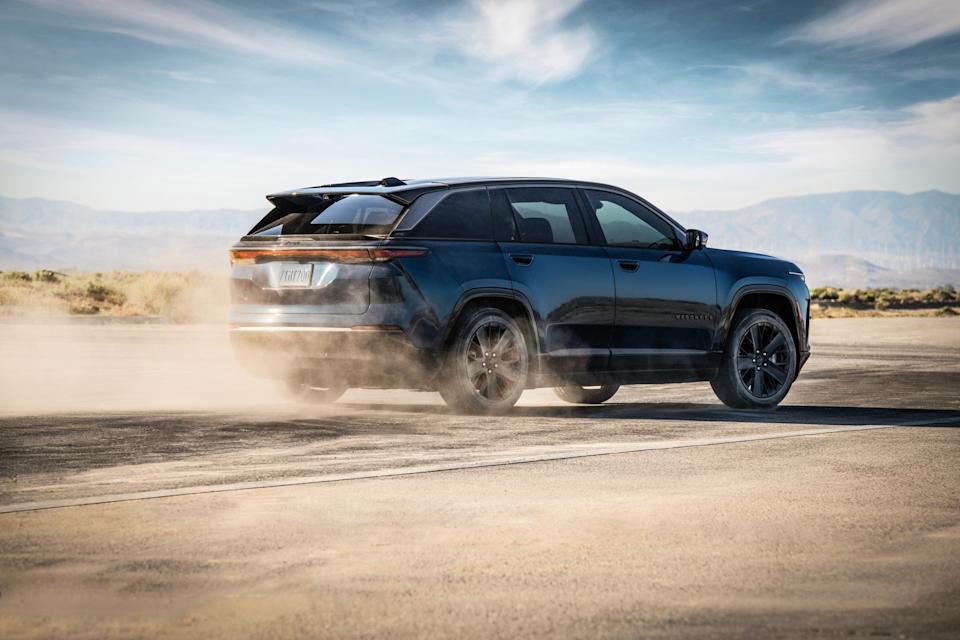
Comments